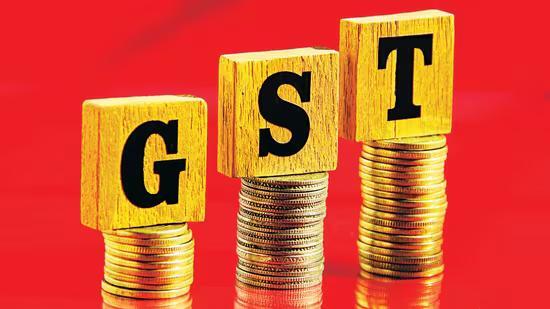
How will GST Reforms be Beneficial?
The Goods and Services Tax (GST) was introduced in India in 2017 with the aim of simplifying the tax structure and making it more efficient. Since its implementation, the GST council has been working towards refining the system to address various issues and challenges. The latest GST reforms are expected to bring about significant changes that will benefit both businesses and consumers. In this blog post, we will explore the key reforms and their benefits.
Correction of Inverted Duty Structures
One of the major issues with the current GST system is the inverted duty structure. This refers to a situation where the tax rate on inputs is higher than the tax rate on outputs. This results in the accumulation of input tax credits, which can lead to cash flow problems for businesses. The upcoming GST reforms aim to correct this issue by aligning the input and output tax rates. This will reduce the accumulation of input tax credits, making it easier for businesses to manage their finances.
The correction of inverted duty structures will also promote domestic value addition. When the tax rate on inputs is lower than the tax rate on outputs, businesses are incentivized to produce goods and services domestically rather than importing them. This will lead to an increase in domestic production, creating jobs and stimulating economic growth.
Rate Rationalisation
Another key aspect of the GST reforms is rate rationalisation. The current GST rates are complex and varied, which can make it difficult for consumers to understand and comply with the laws. The reforms aim to simplify the rate structure by reducing the number of tax rates and making them more rational. This will make goods and services more affordable for consumers and businesses, leading to an increase in demand and economic growth.
Rate rationalisation will also help to make goods and services more accessible to a wider population. By reducing the number of tax rates, businesses will be able to offer their products and services at competitive prices, making them more attractive to consumers. This will be particularly beneficial for small and medium-sized enterprises (SMEs), which often struggle to compete with larger businesses due to their lower pricing power.
Simplification of Registration Processes
The GST reforms also aim to simplify the registration process for small businesses and startups. The current registration process is complex and time-consuming, which can be a significant barrier to entry for new businesses. The reforms will streamline the registration process, making it easier and faster for businesses to register and start operating.
Simplification of the registration process will be particularly beneficial for SMEs and startups, which often lack the resources and expertise to navigate complex regulatory systems. By reducing the administrative burden, these businesses will be able to focus on their core activities and drive economic growth.
Benefits for Businesses and Consumers
The GST reforms will bring numerous benefits for both businesses and consumers. For businesses, the reforms will lead to:
- Simplified tax compliance and reduced administrative burdens
- Increased cash flow due to reduced accumulation of input tax credits
- Improved competitiveness due to rate rationalisation
- Reduced regulatory hurdles, making it easier to start and grow a business
For consumers, the reforms will lead to:
- Increased affordability and accessibility of goods and services
- Simplified tax compliance and reduced administrative burdens
- Improved competition, leading to better prices and services
- Increased economic growth and job opportunities
Conclusion
The upcoming GST reforms are expected to bring significant changes to the Indian tax system. By correcting inverted duty structures, rationalising tax rates, and simplifying registration processes, the reforms will promote domestic value addition, increase competitiveness, and make goods and services more accessible to a wider population. The benefits of the reforms will be felt by both businesses and consumers, leading to increased economic growth and job opportunities.






